The White Horse of Uffington, near Oxfordshire
If you stand in the valley near the village of Uffington in Oxfordshire, England, and look up at the high curve of chalk grassland above you and you will see an enormous white, abstract stick figure horse cut from the chalk itself. It has a thin, sweeping body, stubby legs, a curiously long tail and a round eye set in a square head.
This is the Uffington White Horse, the oldest of the English hill figures. It’s a 3,000-year-old pictogram the size of a football field and visible from 20 miles away.
The abstract shape of the horse is very similar to horses on ancient British coins just over 2,000 years old. It came out as the beginning of the Iron Age, perhaps even the end of the Bronze Age, nearly 3,000 years ago.”
The Berkshire Downs where the horse lies are scattered with prehistoric remains. The Ridgeway, Britain’s oldest road, runs nearby. This is the heart of rural England and the horse is one of the country’s most recognizable landmarks, an identity badge stamped into the landscape.
During World War II, it was covered over with turf and hedge trimmings so Luftwaffe bombers couldn’t use it for navigation. (Oxford is about a 30-minute drive and London about an hour-and-a-half.)
Up on the hill it’s not possible to view the whole horse at once; the curve of the slope gets in the way, the sheer scale of it confuses the eye. It is only from the valley below that the whole picture can be taken in. From this long distance, the horse is a tiny white figure prancing timelessly across the brow of the hill.
The best views of the figure are obtained from the air, or from directly across the Vale, particularly around the villages of Great Coxwell, Longcot and Fernham. The site is owned and managed by the National Trust and is a Scheduled Ancient Monument. The Uffington Horse is by far the oldest of the white horse figures in Britain and is of an entirely different design from the others inspired by it.
Until the late 19th century, the horse was scoured every seven years as part of a more general local fair held on the hill. If regular cleaning is halted, the figure quickly becomes obscured; it has always needed frequent work for the figure to remain visible.
The horse is thought to represent a tribal symbol perhaps connected with the builders of Uffington Castle. It is similar to horses depicted on Celtic coinage, the currency of the pre-Roman-British population, and on the Marlborough Bucket (an Iron Age burial bucket found in Marlborough, Wiltshire).
Another theory proposed by University of Southampton archaeologist Joshua Pollard points to the horse’s alignment with the sun, particularly in midwinter when the sun appears to overtake the horse, to indicate that it was created as a depiction of a “solar horse” reflecting mythological beliefs that the sun was carried across the sky on a horse or in a chariot.
The horse was a direct influence on much later hill figures of white horses, including Kilburn White Horse (1858) in Yorkshire, Folkestone White Horse (2003) in Kent, and a white horse cut from heather that existed from 1981 until the mid-1990s in Mossley, Greater Manchester. The first Westbury White Horse, which faced left, is also believed to have been inspired by the Uffington horse. Uffington White Horse has also inspired lookalike hill figures, including one facing left in Ciudad Juarez, Mexico. Direct replicas of the Uffington horse can be found at Cockington Green Gardens in Australia and Hogansville, Georgia, USA.
How do you get there: You can access White Horse Hill from a National Trust pay and display parking lot nearby. The parking is signposted off A420 Swindon to Oxford road and is 9 miles from on the M4 motorway. It’s about 25 miles southwest of Oxford and 80 miles west of London. Its free and it’s open from dawn to dusk.

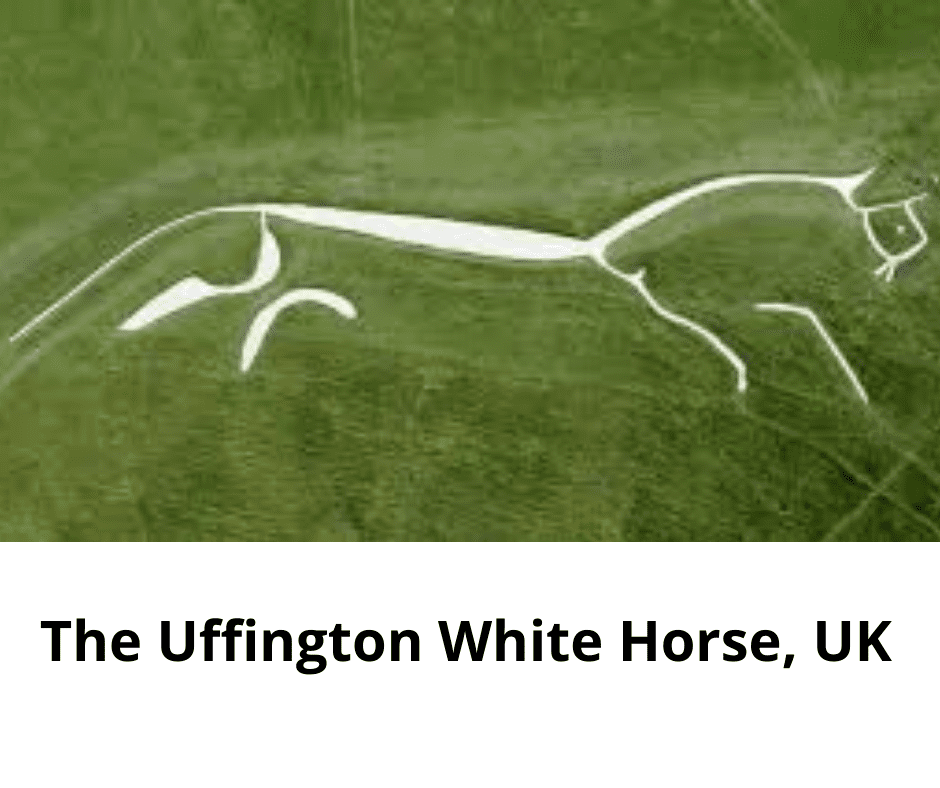
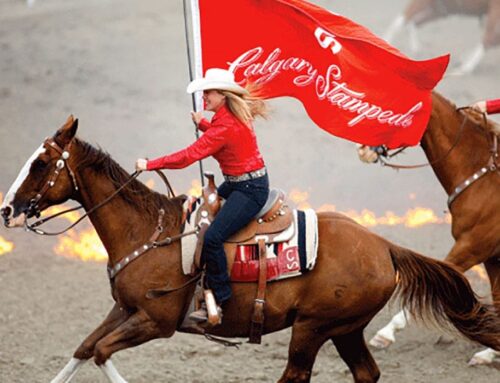
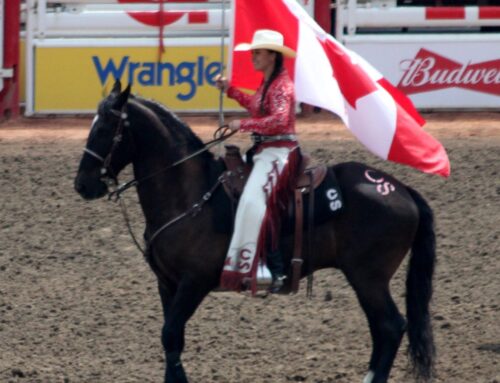
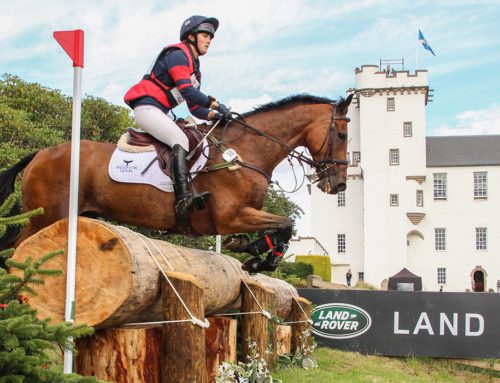
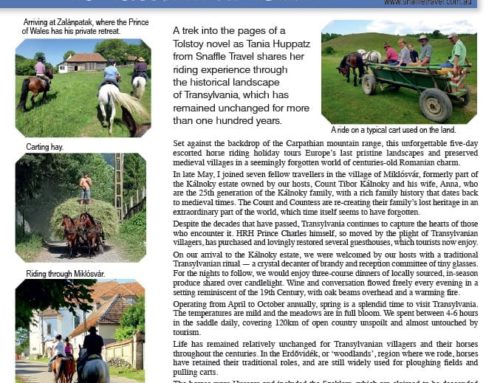
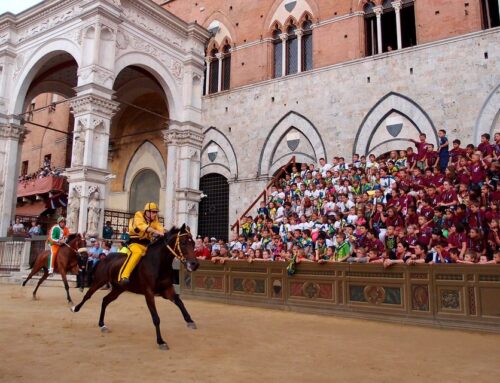





Leave A Comment